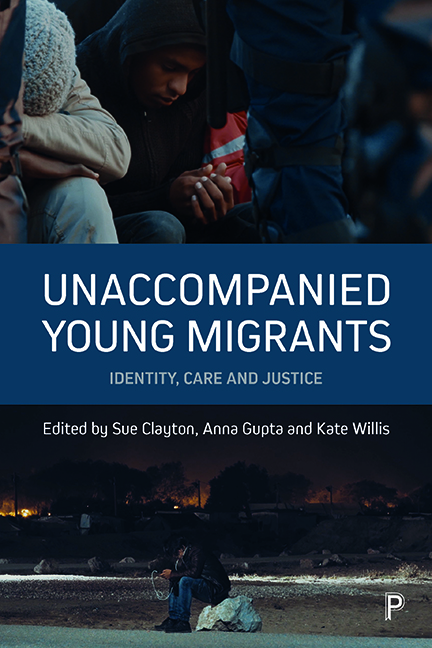ten - Life (forever) on hold: unaccompanied asylum-seeking minors in Australia
Published online by Cambridge University Press: 21 April 2022
Summary
Introduction
Australia's policies towards asylum seekers arriving unauthorised by boat have had a particularly harmful impact on unaccompanied children. An estimated 1,832 unaccompanied asylum seeking minors (UAMs) arrived in Australia between 2008 and 2012 (Houston et al, 2012). The majority of UAMs are male and from Afghanistan, Iran and Sri Lanka, and many identify as stateless.
In 2012–2013 there were 1,900 UAMs in immigration detention in Australia (Phillips, 2017a). This is of course in contravention of the UNCRC (United Nations Convention on the Rights of the Child, 1989). However, as is discussed later, although Australia is a signatory to the UNCRC, there is nothing enshrined in Australian law that requires it to honour such an obligation. Since the reintroduction in 2013 of the boat ‘turnbacks’ policy – the practice of removing unauthorised maritime arrivals in Australian waters – (Phillips, 2017b), the number of asylum seekers including UAMs arriving in Australia by boat has fallen dramatically.
It is difficult to obtain accurate statistics of how many UAMs currently reside in Australia as most would have arrived as teenagers prior to 2014 and many will now be ‘aged out’ – that is over the age of 18 years and thus no longer considered to be a minor. These young people are part of what is referred to as the ‘asylum legacy’ and as of February 2016, there were an estimated 32,000 persons in this category with approximately 23,000 released into the community on bridging visas (Phillips, 2017c). Many of these bridging visas are now being transferred to being Temporary Protection Visas (TPVs) or Safe Haven Enterprise Visas (SHEVs).1Approximately 5,739 of the ‘asylum legacy’ caseload are between the ages of 12 to 25 years of age; however, not all of these young people arrived unaccompanied (Multicultural Youth Advocacy Network, 2017).
Under current policy, UAMs who arrived by boat, including those who are now over the age of 18, are likely never be issued permanent protection visas. Instead, they are issued temporary visas (TPV or SHEV). While they can reapply for these visas (after three and five years respectively), they are not permitted to apply for a permanent protection visa. This situation effectively puts their lives on hold.
- Type
- Chapter
- Information
- Unaccompanied Young MigrantsIdentity, Care and Justice, pp. 257 - 278Publisher: Bristol University PressPrint publication year: 2019



